- Introduction
- What Is Equipment Breakdown Insurance?
- Key Coverage Components
- Common Causes of Machinery Failure
- Assessing Your Industrial Equipment Risks
- Calculating Adequate Coverage Limits
- Exclusions and Policy Limitations
- Premium Factors and Cost Drivers
- Claim Process and Documentation Requirements
- Risk Management and Preventive Maintenance
- Choosing the Right Insurer and Policy Add-ons
- Conclusion
1. Introduction
Every industrial operation relies on machinery and technology to keep production flowing and costs down. When a crucial piece of equipment suddenly fails, the financial impact can be swift and severe.
Equipment breakdown insurance, sometimes called boiler and machinery insurance, steps in where standard property policies often leave gaps. It specializes in covering the costs associated with the accidental breakdown of electrical or mechanical equipment. Without it, you may face expensive repairs, replacement costs, or lost income if a vital machine goes offline.
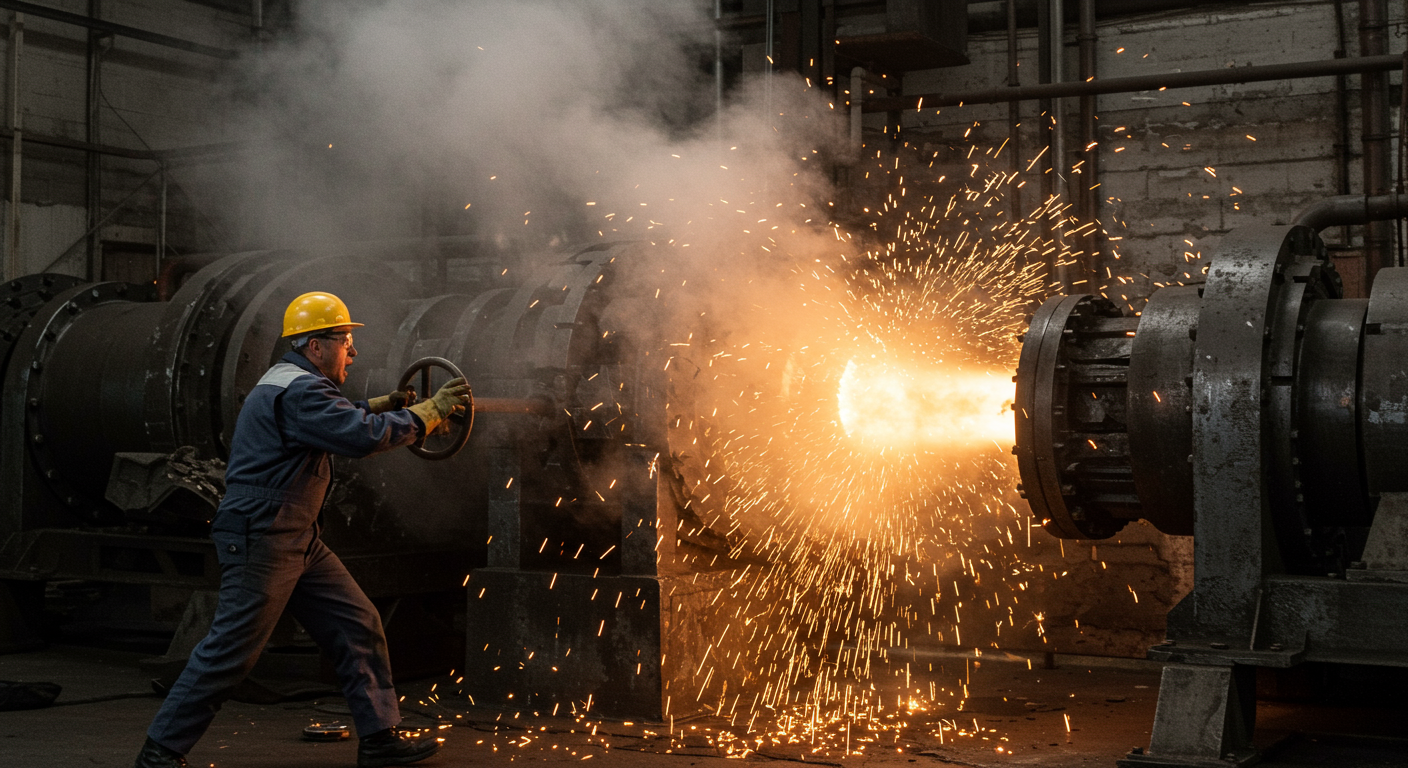
2. What Is Equipment Breakdown Insurance?
At its core, equipment breakdown insurance protects your bottom line by paying for the repair or replacement of covered machinery. It typically covers: Property damage arising from sudden mechanical or electrical failure Spoilage of raw materials, work in progress, or finished goods if a refrigeration or processing unit stops working Business interruption losses caused by downtime while equipment is being fixed or replaced Expediting expenses to accelerate repairs or temporary fixes that get production back online faster Some policies also include coverage for data loss if the failure affects your computer systems3. Key Coverage Components
Mechanical breakdowns rarely happen at convenient times. Electrical surges, faulty wiring, or design flaws can trigger sudden failures in critical equipment.
Wear and tear over months or years wears down moving parts, belts, and bearings until a breakdown is inevitable. Poor maintenance practices allow small issues to escalate into major malfunctions. Operator error, such as incorrect startup procedures or improper loading, also contributes to unexpected stoppages.
Environmental factors like excessive heat, humidity, or corrosive dust can accelerate deterioration and precipitate sudden failures.
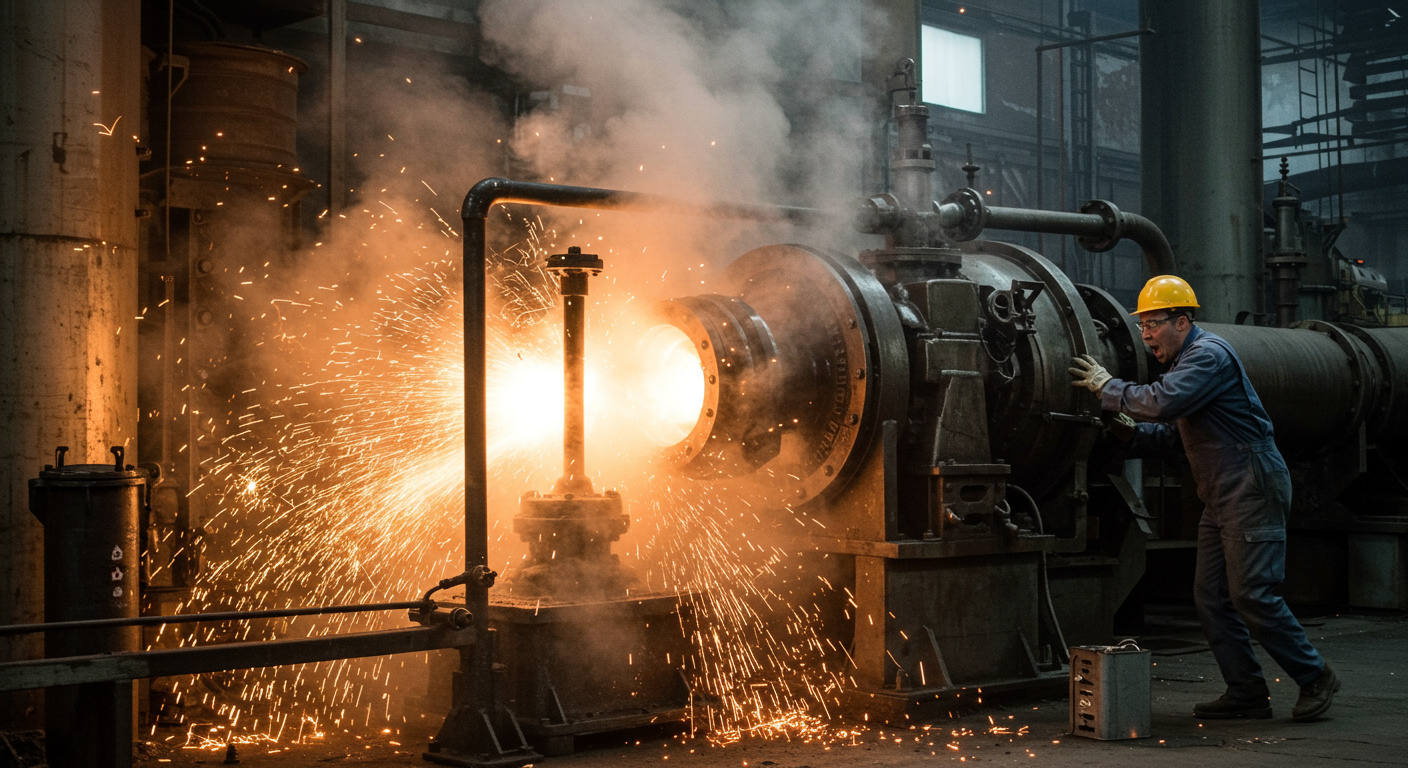
4. Common Causes of Machinery Failure
A thorough risk assessment starts with cataloging every piece of machinery, large and small. Note its age, manufacturer, model number, and any previous claims or repair history.
Understand which machines are most critical to your operation—those that, if offline, would halt production entirely. Consider the environment where equipment operates. Is it exposed to high temperatures, moisture, or corrosive materials?
Evaluate your maintenance schedule: do you follow the manufacturer’s recommendations for inspections and part replacements? Identifying vulnerabilities allows you to tailor coverage to your true risk, avoiding both underinsurance and unnecessary expense.
5. Assessing Your Industrial Equipment Risks
Determining how much coverage you need goes beyond the machine’s sticker price. Replacement cost value, which pays to replace equipment at current market prices, often makes sense for newer machinery.
For older equipment, actual cash value accounting for depreciation may reduce premiums but could leave you short if the payout doesn’t cover full replacement. Don’t forget to include business interruption limits. Calculate your average daily revenue and estimate how many days a worst-case breakdown might keep you offline.
Add expediting costs to that number, since emergency shipping or rush labor can carry hefty price tags. A buffer of 10 to 20 percent above your calculated maximum potential loss provides a safety net for unexpected overruns.
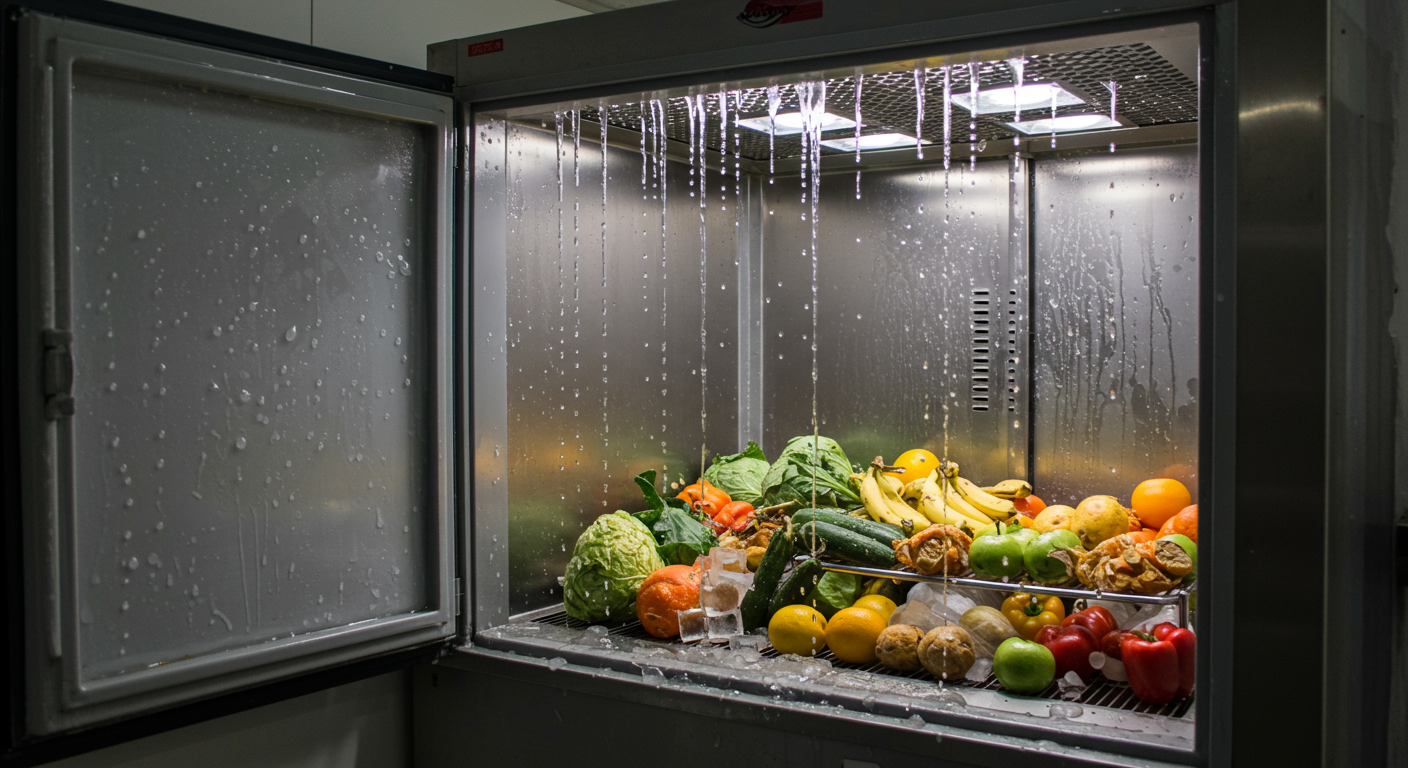
6. Calculating Adequate Coverage Limits
No insurance policy covers everything. Equipment breakdown contracts generally exclude damage from gradual deterioration or normal wear and tear. Pre-existing conditions known before policy inception aren’t covered.
Intentional acts, defective materials or workmanship in the original design, and losses due to war, nuclear hazard, or pollution often fall outside standard coverage. Flood and earthquake damage typically require separate policies or endorsements.
Read your policy’s fine print to understand limitations on labor hours, spare parts replacement, and cumulative loss caps. Identifying exclusions up front helps you decide whether to purchase additional riders or endorsements.
7. Exclusions and Policy Limitations
Several variables drive the cost of equipment breakdown insurance. The type of equipment you insure matters: boilers and turbines usually carry higher premiums than standard motors or pumps.
Age and condition of machinery influence risk exposure; older equipment often triggers higher rates or requires a detailed inspection. Your location also plays a role—facilities in regions prone to extreme weather or seismic activity face steeper premiums. Deductible size directly impacts cost: choosing a higher deductible lowers your premium but raises your out-of-pocket exposure.
Finally, your maintenance program and claims history make a difference. Insurers reward companies with documented preventive maintenance schedules and few past breakdown claims.
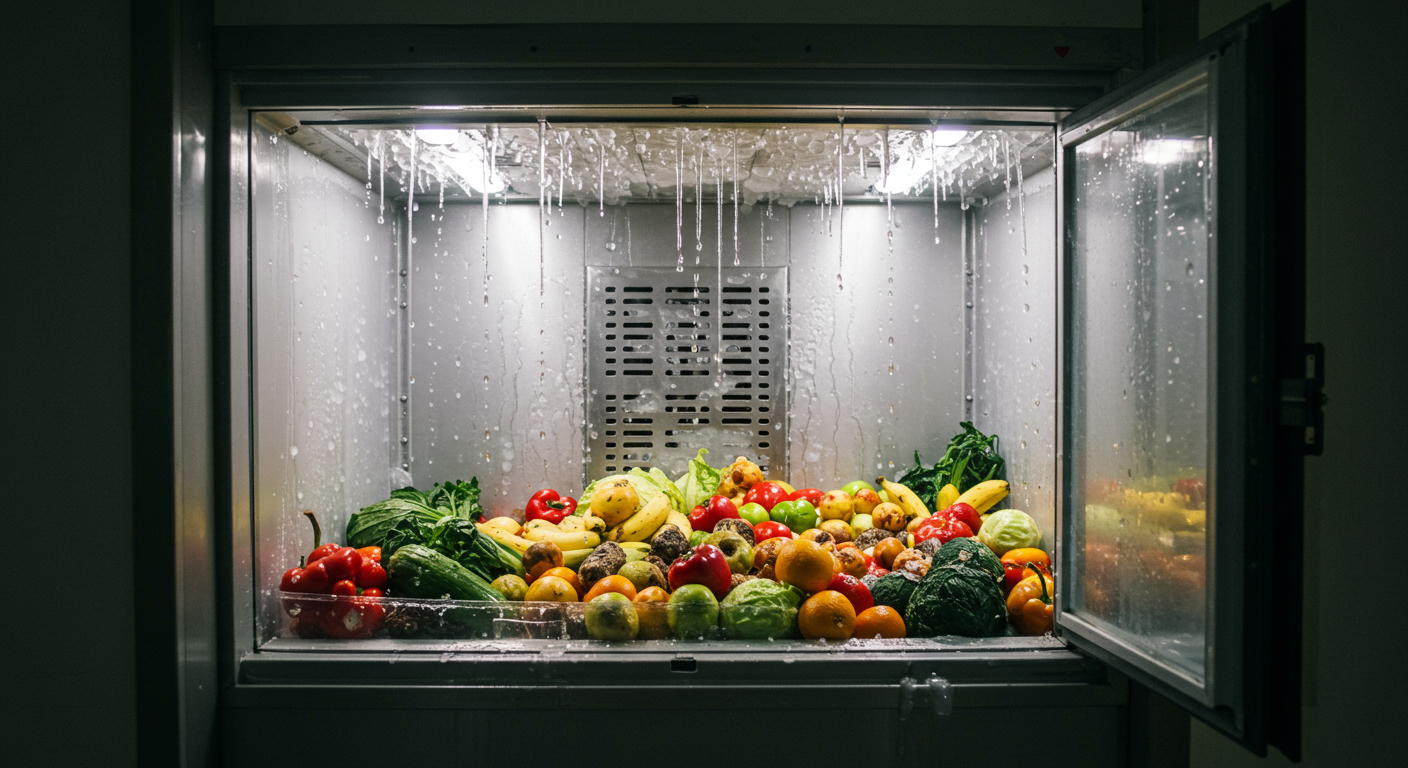
8. Premium Factors and Cost Drivers
When a breakdown occurs, time is of the essence. Notify your insurer immediately, even if the full extent of damage isn’t yet clear. Prompt reporting speeds up inspections and payments. Document the failure with photographs and written notes about what happened and when.
Collect repair shop estimates and parts invoices as early as possible. Maintain a log of communications with service technicians to demonstrate your efforts to mitigate losses. Insurers will send an adjuster to inspect the damaged equipment and verify cause.
Providing organized documentation—from maintenance records to proof of production losses—expedites claim approval and reimbursement.
9. Claim Process and Documentation Requirements
A robust risk management program complements your insurance coverage and can lower both breakdown frequency and premiums. Develop a detailed preventive maintenance schedule based on manufacturer guidelines and real-world experience.
Train operators on correct startup and shutdown procedures, and require them to report unusual noises, leaks, or temperature spikes immediately. Keep a stock of critical spare parts on-site to minimize downtime.
Implement condition monitoring technologies such as vibration analysis and thermal imaging to detect anomalies before they escalate. Regularly review indemnity reports and near-miss incidents to refine maintenance practices and investment decisions.
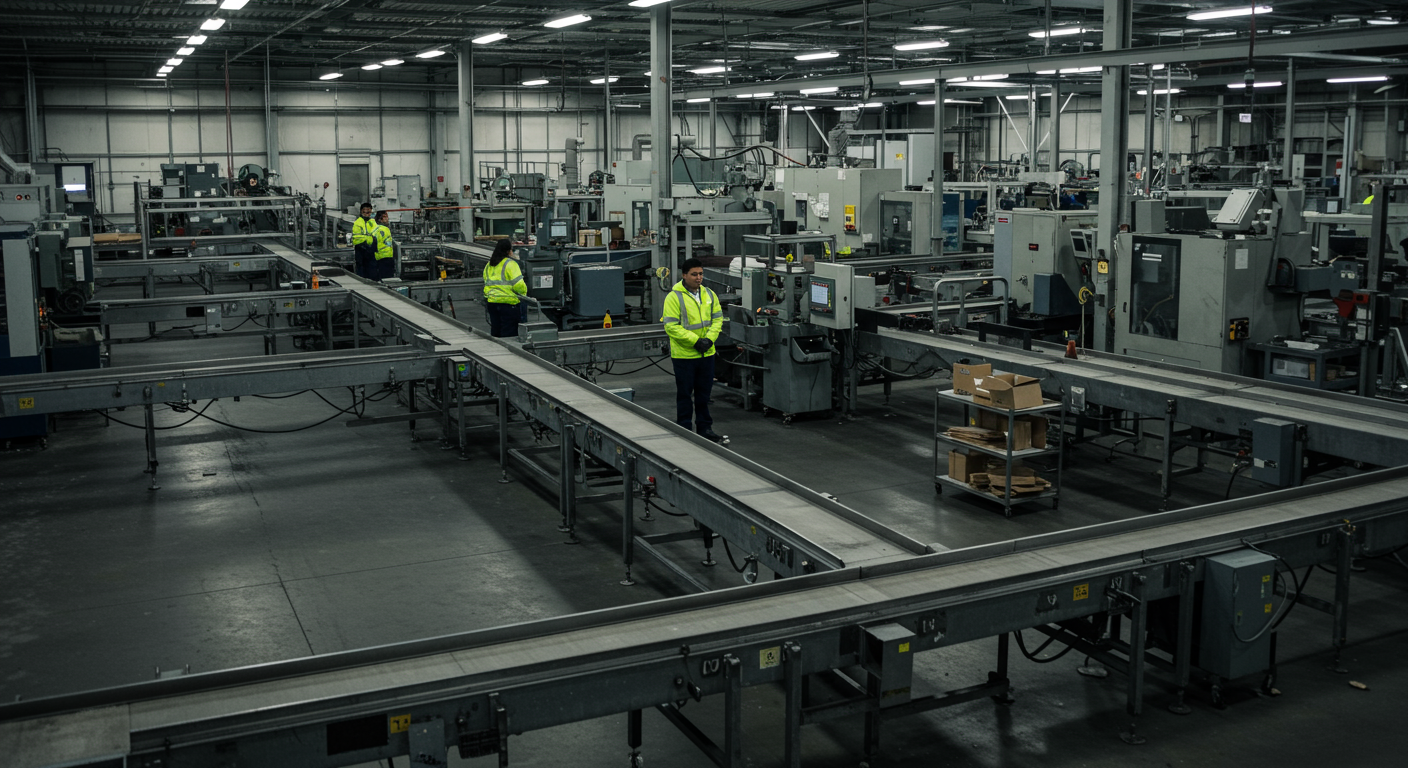
10. Risk Management and Preventive Maintenance
Not all insurance carriers underwrite equipment breakdown risks the same way. Look for an insurer with extensive experience in boiler and machinery coverage and strong financial strength ratings.
A dedicated claims team familiar with industrial failures can make a big difference when you need fast, fair settlements. Ask about policy endorsements that address your specific concerns. Data restoration coverage protects computerized systems and software configurations. Utility interruption extensions reimburse you if an external power failure causes internal equipment damage.
Pollution cleanup endorsements may cover spills or leaks resulting from a mechanical breakdown. Compare multiple quotes, but weigh service quality and policy flexibility just as heavily as price.
11. Choosing the Right Insurer and Policy Add-ons
Equipment breakdown insurance is a vital safeguard for any operation that depends on machinery. It bridges the gap left by standard property policies and provides financial support when critical assets fail.
Understanding key coverage components, exclusions, and premium drivers helps you craft a policy that matches your unique risk profile. Pair robust insurance with proactive risk management and preventive maintenance to minimize downtime and control costs.
By choosing a specialized insurer and the right policy add-ons, you ensure that when the unexpected happens, your business can recover quickly and confidently.
